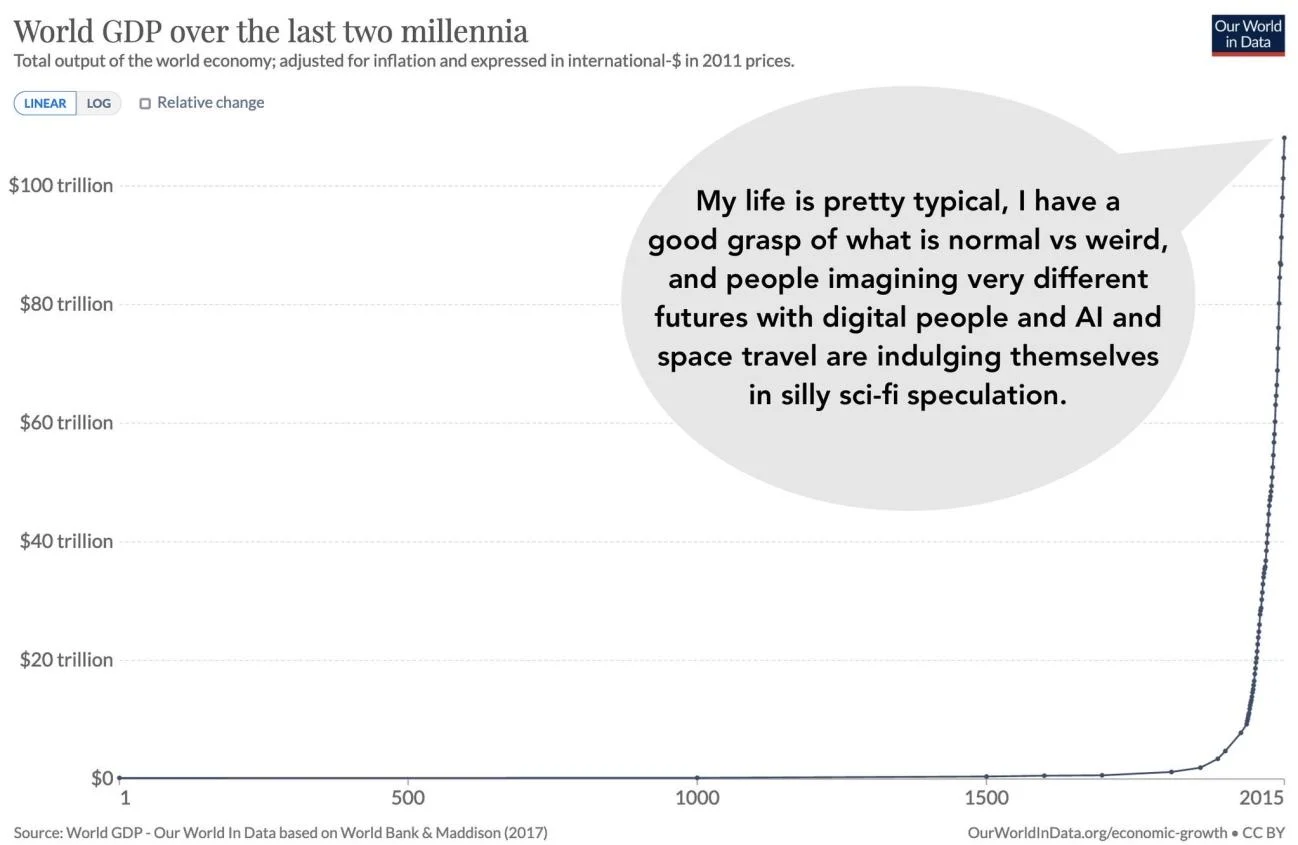
This is one of my favorite infographics. A lot of people underestimate just how much life has improved over the last two centuries: https://t.co/djavT7MaW9 https://t.co/kuII7j4AuW
This is one of my favorite infographics. A lot of people underestimate just how much life has improved over the last two centuries: https://t.co/djavT7MaW9 https://t.co/kuII7j4AuW



